cubesats
Latest
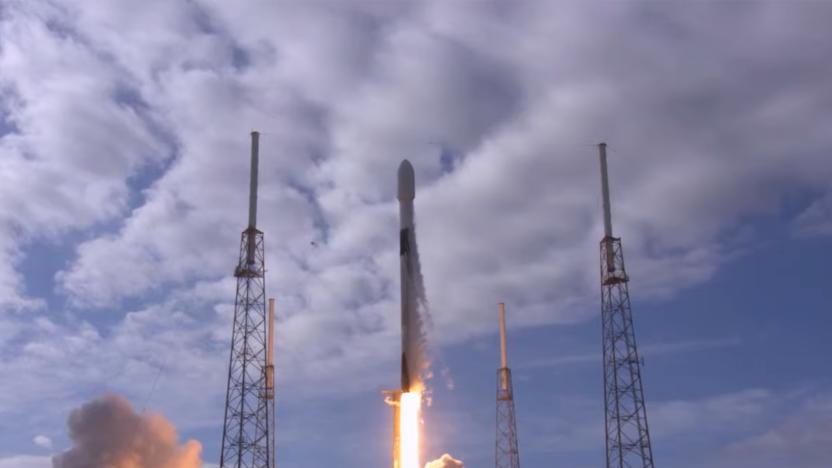
SpaceX launches a record 143 satellites into orbit
SpaceX has successfully launched a record 143 satellites into orbit in its first SmallSat Rideshare Program mission.
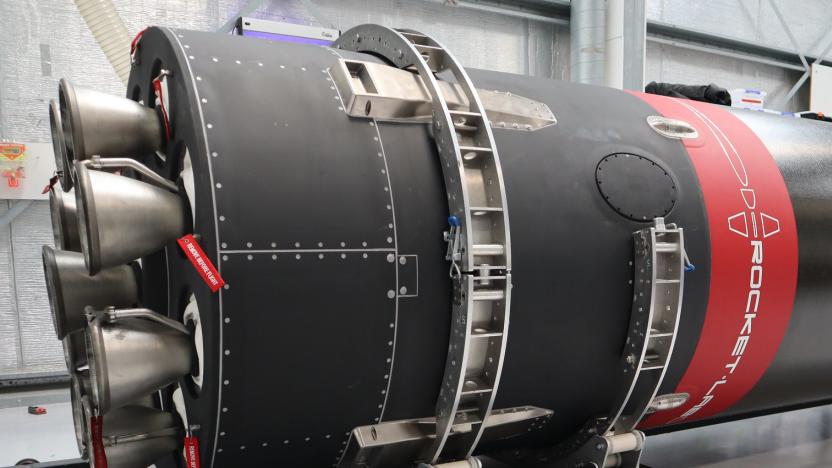
Rocket Lab tested its parachute system on a live booster for the first time
New Zealand’s Rocket Lab has been preparing for its sixth mission of the year. The prospective launch was slated to take off from Rocket Lab’s Complex 1 site on the Mahia Peninsula.
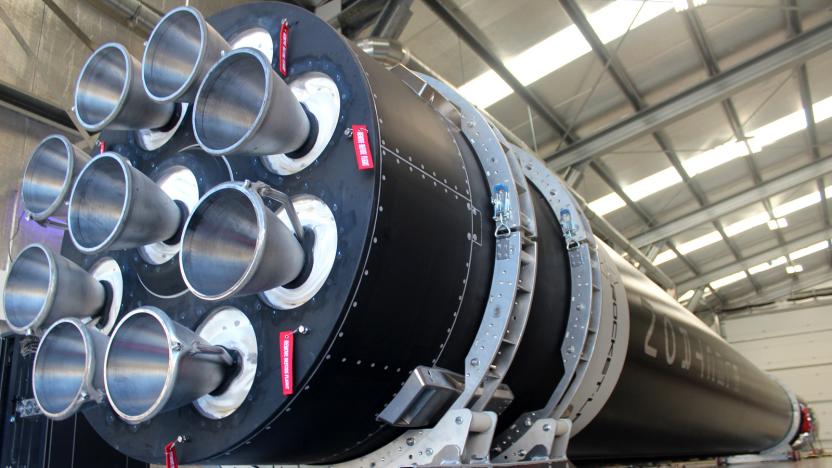
Watch Rocket Lab launch a Canon satellite into space at 5:19PM ET
Rocket Lab is launching a Canon satellite and other payloads into orbit at 5:19PM Eastern, and you can watch the mission as it happens.

Swarm gets regulatory approval to sell its satellite hardware
This has been a years-long process, during which time Swarm violated FCC rules and was forced to pay a $900,000 penalty. In 2017, the FCC denied Swarm’s application to launch its satellites, saying they could pose a safety hazard to other spacecraft.
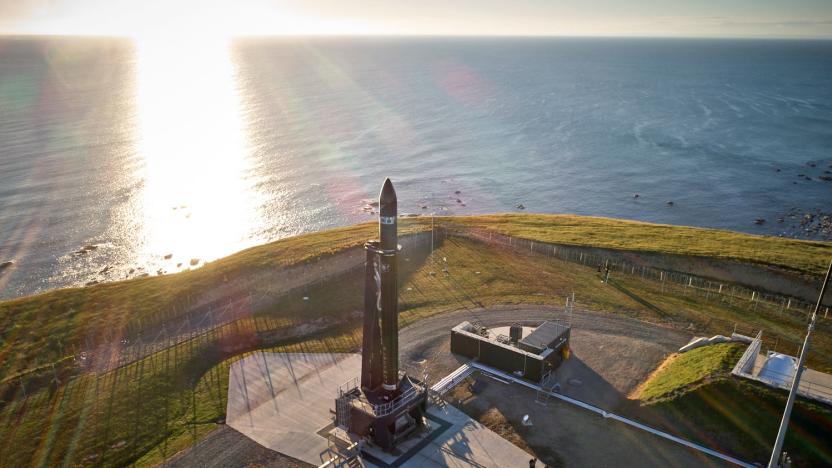
Rocket Lab schedules second Electron test launch for December 8th
On Friday, December 8th at 2:30 PM New Zealand time (8:30 PM ET), a 10-day window will open for a launch of Rocket Lab's Electron rocket. The window will be open for four hours each day. This second test is called "Still Testing"; the rocket will launch from the company's facility on New Zealand's Mahia Peninsula. It will be the first launch that Rocket Lab has live streamed to the public.
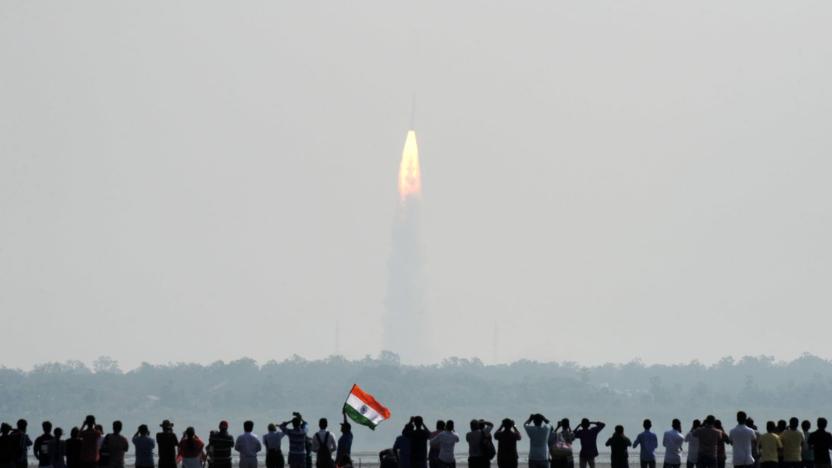
India sets record launching 104 satellites aboard a single rocket
The Indian Space Research Organisation, India's version of NASA, set a record on Valentine's Day when one of its PSLV rockets successfully launched 104 satellites into orbit. Riding onboard were 88 "Dove" mini-satellites from Planet, a US-based private imaging service, India's Cartosat 2D high-resolution imaging satellite, and 15 others from various nations.
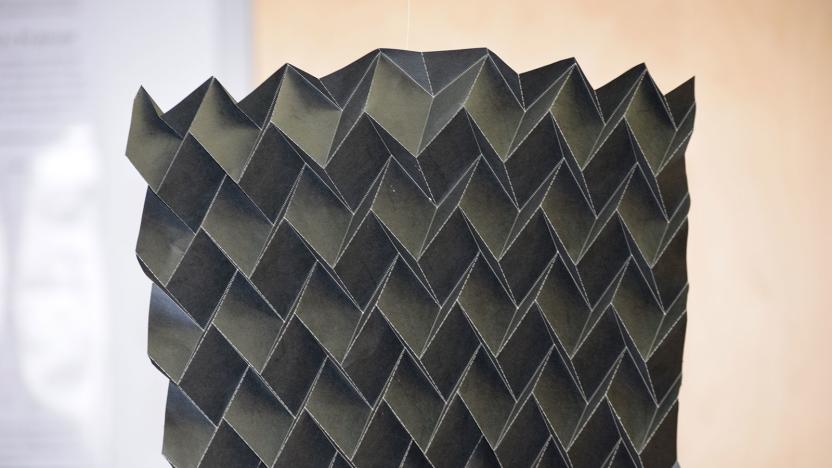
NASA's new satellite radiator is a work of art
Satellite radiators are typically huge and heavy -- not at all ideal for tiny spacefarers like CubeSats. To address small satellites' need, NASA Goddard technologist Vivek Dwivedi has teamed up with Brigham Young University scientists to develop a "smart" radiator inspired by origami. The three-dimensional structure made out of temperature-sensitive materials like shape-memory alloys can fold and unfold to preserve and shed heat, respectively. It also folds when it wants to soak up heat from the sun or the Earth, because the team found that the deeper the cavities, the greater the absorption.

MIT 'microthrusters' are the size of a penny, could reposition tiny satellites
Bus-sized satellites require massive engines for even the slightest movements, but as far smaller structures become a possibility, a tiny driving mechanism can offer usable thrust. To serve this next-gen tech, MIT saw a need to develop "microthrusters," which are each the size of a penny and can be mounted to tiny cubed satellites. With thruster components measuring a few microns each, the magnetic levitation system is able to accommodate 500 microscopic tips that emit ion beams in a very small package, serving to push two-pound structures through space. The tiny devices have not made their way into orbit yet, but they have been tested in a vacuum chamber. Because of their size, it's possible to add several to each satellite, then enabling sophisticated movements for more precise turns. There are currently two dozen "CubeSats" in orbit, each measuring only slightly larger than a Rubik's cube, but without any thrusters to power them, positioning can't be adjusted once they're released. Because of their current location, CubeSats eventually burn up in the atmosphere, but once they're released farther from Earth, they won't be able to enter the atmosphere on their own, remaining in orbit as "space junk" even after completing their missions -- micro thrusters could also serve to move these satellites closer to the planet so they can burn up during re-entry. There's no word on when, or even if, MIT's invention will make its way to the launchpad, but you can take a closer look in the demo video after the break.





